Poster presenter: Kaitlin Quinn, MD, National Institute of Arthritis and Musculoskeletal and Skin Diseases, National Institutes of Health
Poster title: Using 18F-fluorodeoxyglucose Positron Emission Tomography to Standardize Clinical Trial Recruitment in Takayasu’s Arteritis
Poster Session D
8:30 – 10:30 a.m. ET Tuesday, Nov. 9
All ACR Convergence 2021 poster presentations are available on demand to registered meeting participants through March 11, 2022.
What is your poster about?
This study examines how physicians with expertise in Takayasu arteritis currently use FDG-PET in clinical practice and how FDG-PET data may influence decisions about clinical trial enrollment. We conducted an international online survey of 68 physicians with experience managing Takayasu arteritis and presented a series of clinical vignettes representing a range of clinical scenarios in Takayasu arteritis. We found that many physicians with experience managing Takayasu arteritis are using FDG-PET in clinical practice and that FDG-PET influences physicians’ decisions about whether to enroll a patient into a clinical trial.
Why did you decide to investigate this topic?
Only two previous randomized controlled trials have ever been conducted in Takayasu arteritis. Conducting randomized controlled trials in Takayasu arteritis has been difficult, in part because accurately assessing whether a patient has active disease or not can be challenging, and physicians may disagree about disease activity status.
What are you working on next related to this research?
This work provides support for use of FDG-PET to assess disease activity in future randomized controlled trials in Takayasu arteritis. There were specific clinical scenarios where consideration of FDG-PET data was most helpful, particularly cases where symptoms were difficult to interpret as active disease or not, such as constitutional symptoms alone and elevated acute phase reactants. Consideration of FDG-PET findings may increase feasibility of trial recruitment to include more patients and enrich study populations with patients who are most likely to have active disease that could be modified by treatment.
What excites you most about your work?
The most exciting part is that we are studying how physicians think. We surveyed how international experts are using FDG-PET to assess disease activity in Takayasu arteritis. The results generated from this survey give us insight into specific clinical scenarios where incorporation of FDG-PET data may be most helpful. We hope that results from this study can be translated to future clinical trials.
